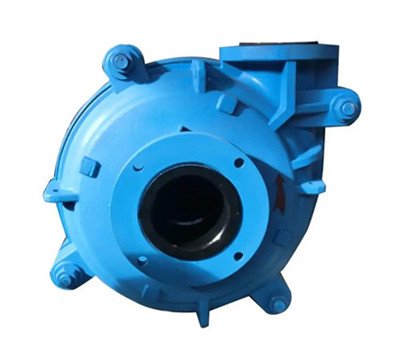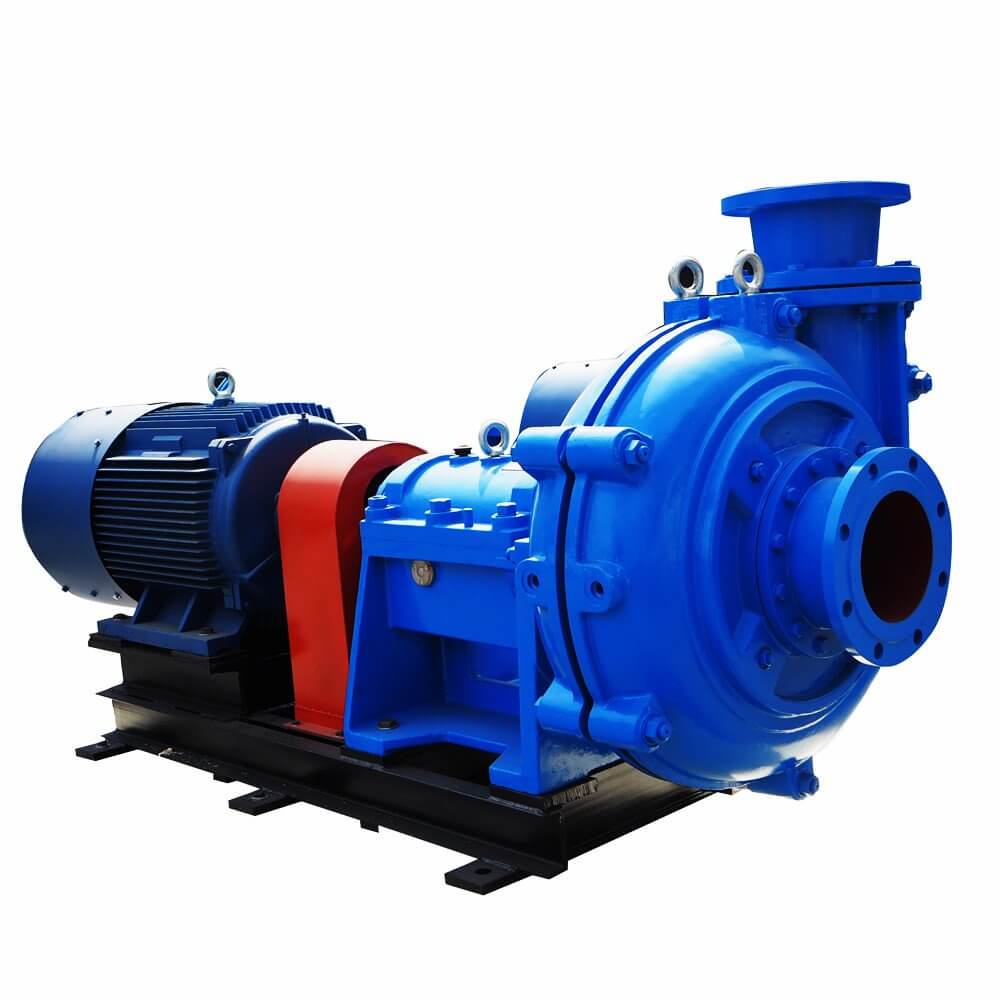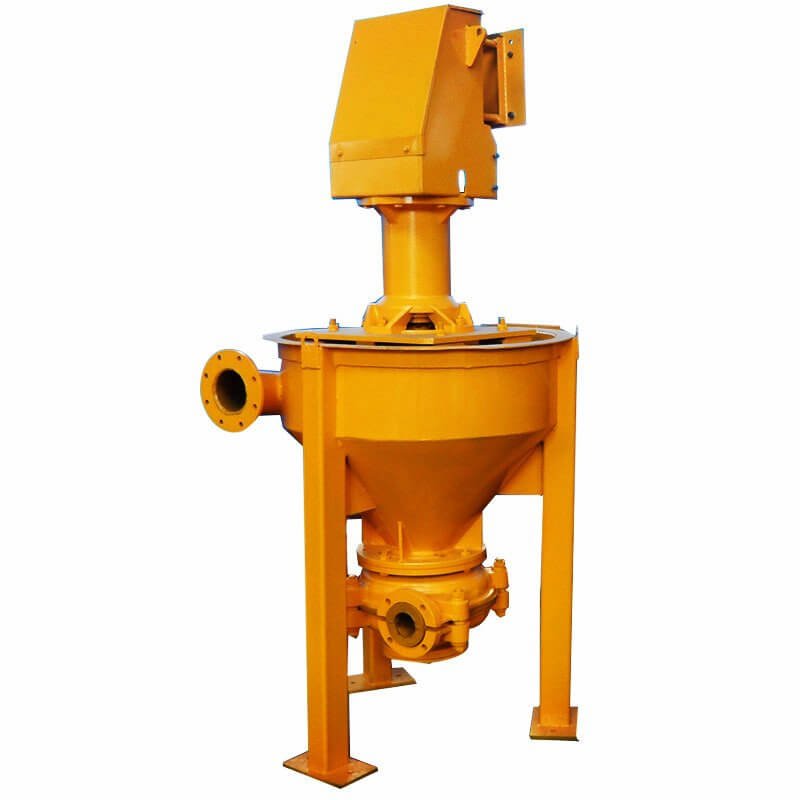Slurry Pumps
The slurry pump was designed to pump liquid containing solid particles. They are widely used for transport in industries, including mining, dredging, and steel. Slurry pumps have been developed in construction and design to accommodate multiple types of slurries, which vary in concentration and composition of the solution, and size and shape of solid particles. Intended for heavy wear and heavy-duty applications, slurry pumps are hardier than those used for water and other liquids, as they are constructed of replaceable components that can withstand corrosive, non-water solvents (e.g., petroleum, acids, and alcohols), and wear due to abrasive solids. The most common metal alloy used to build slurry pumps is known as “high chrome,” a combination of white iron with chromium added to reduce brittleness. Additionally, rubber liners are used for certain applications where the solid particles are small.
Except for centrifugal pumps, other type pumps also can be used for slurry. Centrifugal slurry pumps, however, are more common and use a rotating impeller to create a force to move liquid through them. They employ either bearing-supported shafts with a split casing or a rubber- or metal-lined casing to absorb shock. Configurations include horizontal, vertical, suspended, and submersible models.
Slurry pumps are comprised of the following elements:
- Pump Case: Pump case is composed of cover plate and frame plate. It is multi-purpose- it converts flow into a useable pattern, directs flow to the pump outlet, and to reduce flow velocity. The casing shape helps to determine the flow pattern, and come in the volute, semi-volute, or concentric varieties, and the volute comes in split or solid models.
- Impeller: The impeller surrounds a pump shaft to increase the pressure of the slurry movement, which then increases efficiency. Comprised of elastomer, stainless steel, or high-chrome material, the impeller usually has vanes to impart centrifugal force to the liquid. To deliver different size particles, the impeller could be open or close type.
- Shaft and bearing assembly: Slurry pumps have a large diameter shaft with a short overhang to minimize deflection and vibration and absorb shock. Heavy-duty roller bearings are housed in a removable bearing cartridge in this design.
- Shaft Seal: Shaft seals help to separate rotating and non-rotating parts, and supply torque to the impeller. Design options include expeller drive, packing, and mechanical seals.
- Shaft sleeve: A shaft sleeve protects the shaft. It is comprised of a hard, heavy-duty corrosion-resistant sleeve with O-ring seals at each end. It is split to allow for easy removal and quick installation.
- Drive Type: The drive controls the capacity and the head moving through the slurry pump, and comes in the V-belt, gear reducer, fluid coupling, and frequency conversion models.
Before selecting the appropriate slurry pumps, an engineer must consider the capacity, head, solids particles, efficiency, power, speed, and NPSH. The process of selecting mining pumps is more difficult than that used for water and other liquids. Many factors and modifications to the duty point can affect brake horsepower and wear. The peripheral speed of the impeller is another important feature to consider. Due to the highly abrasive nature of slurry solids, the impeller speed must correspond with slurry type in order to extend the life of the pump and optimize performance.
The slurry is generally classified according to the concentration of solids present. Engineering classification of slurry, however, is more complex, and factors in concentration and particle size, shape, and weight in order to determine the potential for abrasion severity. Also, the PH value is an important factor to choose the wetted parts’ material.




